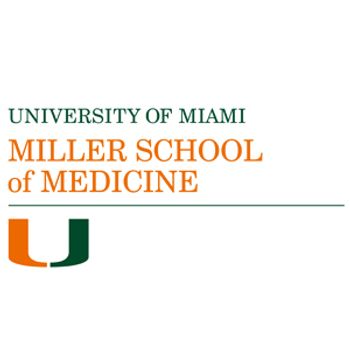
The NeuroEyeCoach visual rehabilitation therapy applied after stroke or other traumatic brain injury (TBI) improved vision in over 80 percent of patients
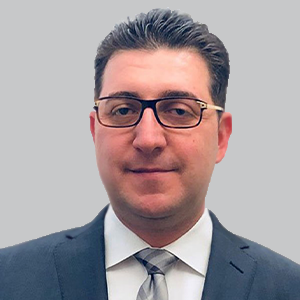

The NeuroEyeCoach visual rehabilitation therapy applied after stroke or other traumatic brain injury (TBI) improved vision in over 80 percent of patients
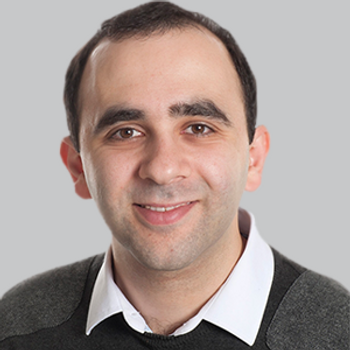
Phase 2 STOP-AUST data suggest that the antifibrinolytic agent may be able to reduce ICH in spot sign positive patients with stroke when administered within 2 to 3 hours of onset, warranting further study.

New study data from ISC 2020 suggest that patients with stroke can be effectively treated with tenecteplase at a lower dose of 0.25 mg/kg, reducing the need for mechanical clot removal.

Stroke patients experienced higher rates of thrombolysis as well as faster alarm to treatment times when mobile stroke units were present.

The composite primary end point of the study occurred in 9.6% of patients in the lower-target LDL-C group compared with 12.9% in the higher target group.
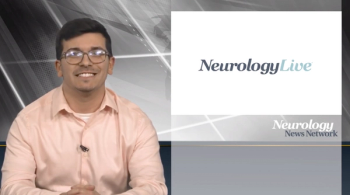
Neurology News Network for the week ending February 22, 2020.

Despite missing the primary end point, data from a subset of patients suggest that the novel peptide may be beneficial in those who have not received alteplase.

Despite the conventional need for patients to travel to MRI devices, the use of a point-of-care, portable scanner has proven to be a feasible method of acquiring clinically useful images.
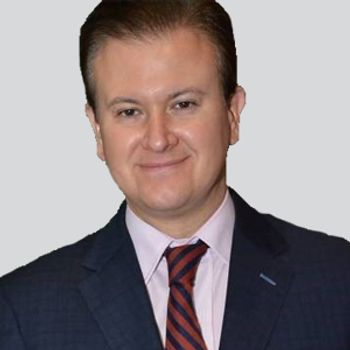
Patients 65 and under were more likely to develop seizures following a stroke than older patients.

The beneficial impact on stroke risk appeared to be greater in patients age 79 and younger than in the older patients examined.

The model may help clinicians enact preventative measures for those with migraine with aura at an early stage.
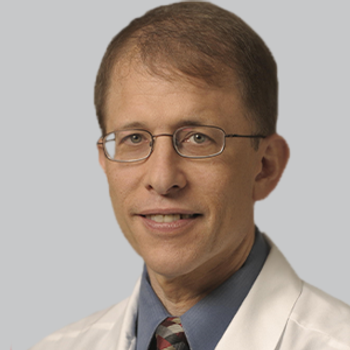
The Prometra II offers a pressure-driven, valve-gated delivery mechanism that allows for novel programming modes of intermittent flow followed by periods of no flow—a feature unique to this device.
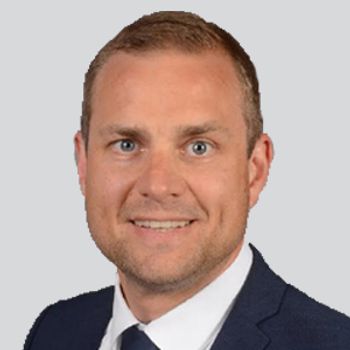
Good functional recovery at 3 months is achieved in approximately a quarter of patients with acute ischemic stroke with large-vessel occlusion due to calcified emboli.

The DWI-based hierarchic algorithm predicted the risk of disability at 3 months for up to 100% of patients with a high predictive value.
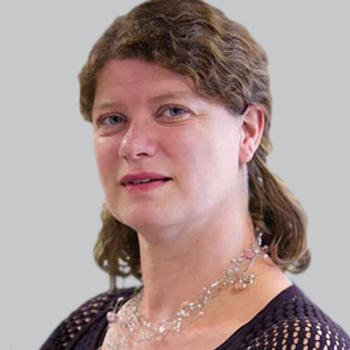
Neurofilament light chain has emerged as a biomarker with utility across the breadth of neurology, but just how much can it actually help?

Mean arterial blood pressure may be a barometer for poor neurologic outcomes in patients with acute ischemic stroke who undergo endovascular therapy.
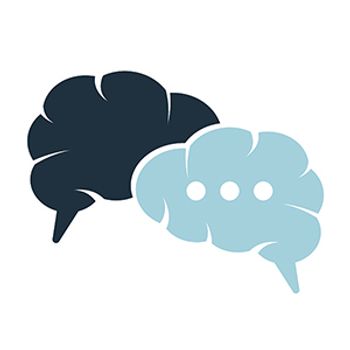
Join NeurologyLive and the Women Neurologists Group on Twitter to celebrate women in neurology on National Women Physicians Day.

Neurology News Network for the week ending February 1, 2020.
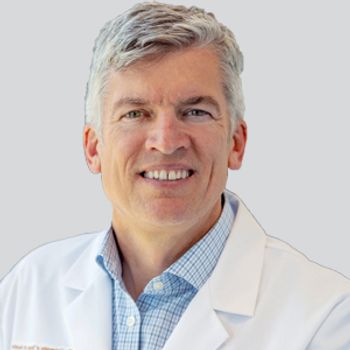
Those taking the drug achieved a significant reduction in the risk of stroke and death after acute ischemic stroke or transient ischemic attack when coupling it with aspirin.

Findings from a study revealed that 50% of strokes in adolescents remained cryptogenic, sparking the need for multidisciplinary collaboration on prevention and management.
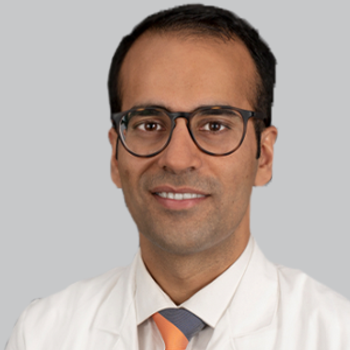
A systematic review of 9 studies suggested that pretreatment with dual antiplatelet therapy is not associated with a higher risk of poor outcomes after intravenous thrombolysis.
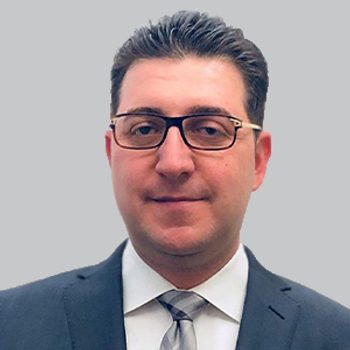
Those who have strokes with favorable imaging profiles have a higher likelihood of receiving endovascular thrombectomy as well as achieving high functional independence rates after 90 days.

Use of rimabotulinumtoxinB (Myobloc; US WorldMeds) result in statistically significant reductions in sialorrhea compared to placebo with both 2500 U and 3500 U doses.

"Mind Moments," a podcast from NeurologyLive, brings you an exclusive interview with Donald Frei, MD.

Donald Frei, MD, a neurointerventional surgeon in Colorado, recently appealed to the National EMS Advisory Council for improved EMS triage and transport protocols.